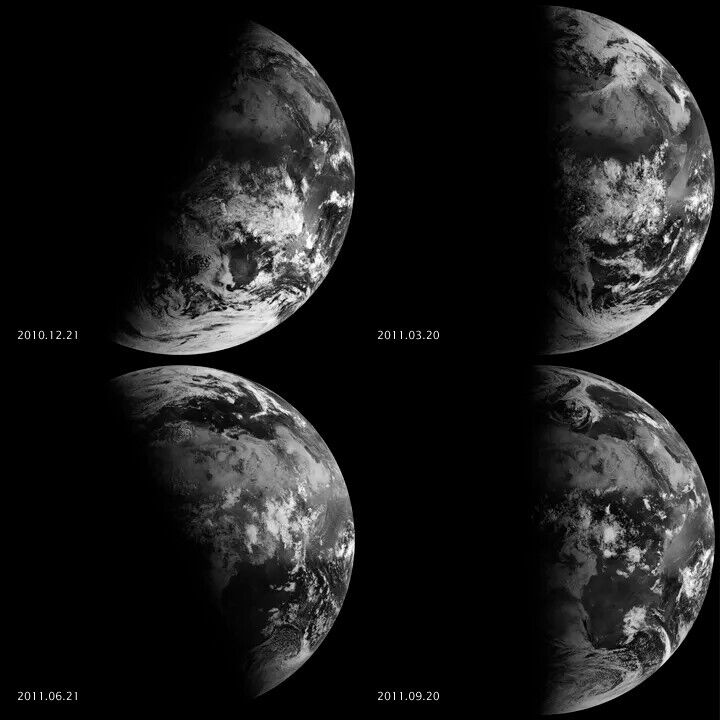Autumnal Equinox 2024: Key Details and Significance

In 2024, the autumnal equinox occurs on Sunday, September 22 at 8:44 a.m. EDT (12:44 UTC) as indicated by the National Weather Service. This marks the official beginning of fall in the Northern Hemisphere, although meteorologists often regard early September as the start of autumn.
Understanding the Equinox
An equinox denotes the moment in Earth's orbit when the axis is tilted neither toward nor away from the sun, leading to nearly equal lengths of day and night across the globe. The term "equinox" derives from Latin, indicating "equal night." This celestial event results from Earth's 23.5-degree axial tilt.

Celestial Mechanics
During the equinox, the sun is positioned directly above the equator, providing equal illumination to both hemispheres. This phenomenon transitions the seasons, ushering autumn in the Northern Hemisphere while the Southern Hemisphere moves into spring.
Autumnal and Vernal Equinoxes
The fall equinox is one of two annual occurrences, with its counterpart being the vernal equinox in March. Similarly, solstices mark the extremes of day length; the winter solstice offers the shortest day and the summer solstice the longest.

How to Observe the Equinox
While the equinox is a challenging event to witness directly, one can appreciate it by observing sunrises and sunsets exact southeast and southwest, respectively. These alignments occur only during the equinox when the sun crosses the celestial equator.
Significance of Astronomical Events
Besides heralding the changing seasons, equinoxes present opportunities for stargazing. Following the autumnal equinox, the Northern Hemisphere experiences longer nights, conducive to observing prominent meteor showers and supermoons—the Harvest Moon on September 17 being particularly noteworthy. Equipping yourself with quality stargazing binoculars can enhance this experience.
Unique Planetary Equinoxes
Other planets also undergo equinoxes but with wide variations in time scales. For instance, Saturn experiences an equinox approximately every 15 Earth years, leading to prolonged seasons. By contrast, Neptune's seasons span decades, underscoring the unique brevity of Earth's seasonal cycles.
Earth from Space
Satellites offer a unique perspective of these events, as depicted by NASA's Earth Observatory. A visual representation captures the movement of the sun's light beam alignment during Earth's orbit, providing a conceptual understanding of the equinox.
By marking the annual celestial transitions and enhancing our awareness of Earth's slow journey around the sun, the equinox not only signals seasonal change but also invites a greater appreciation for the intricate dance of our planet within the cosmos. Running from Summer to Autumn in September, equinox remains an anchor in Earth's comprehensive identity as viewed from the cosmos.
Earlier, SSP wrote about why we forget new things and how it aids learning.



















